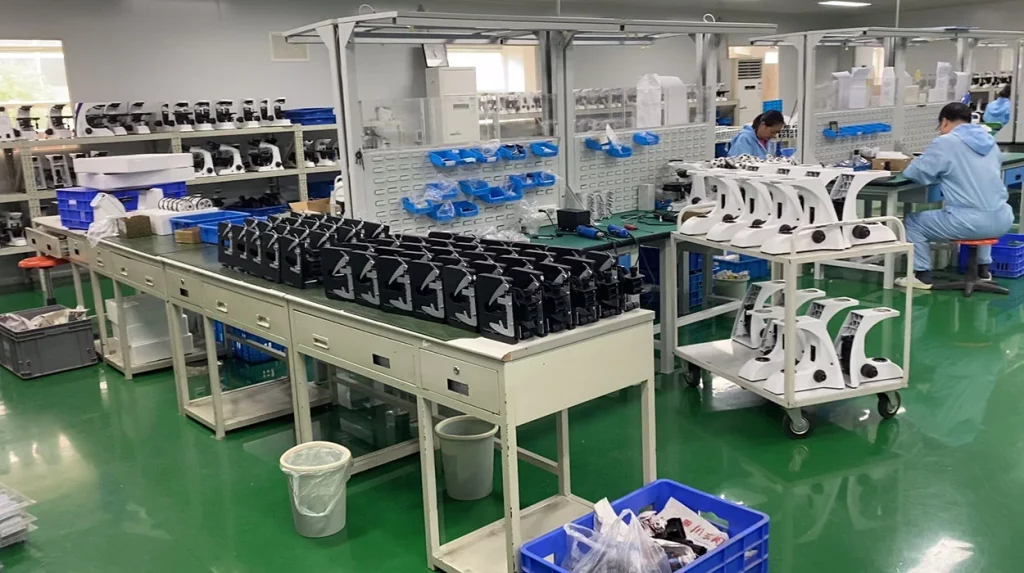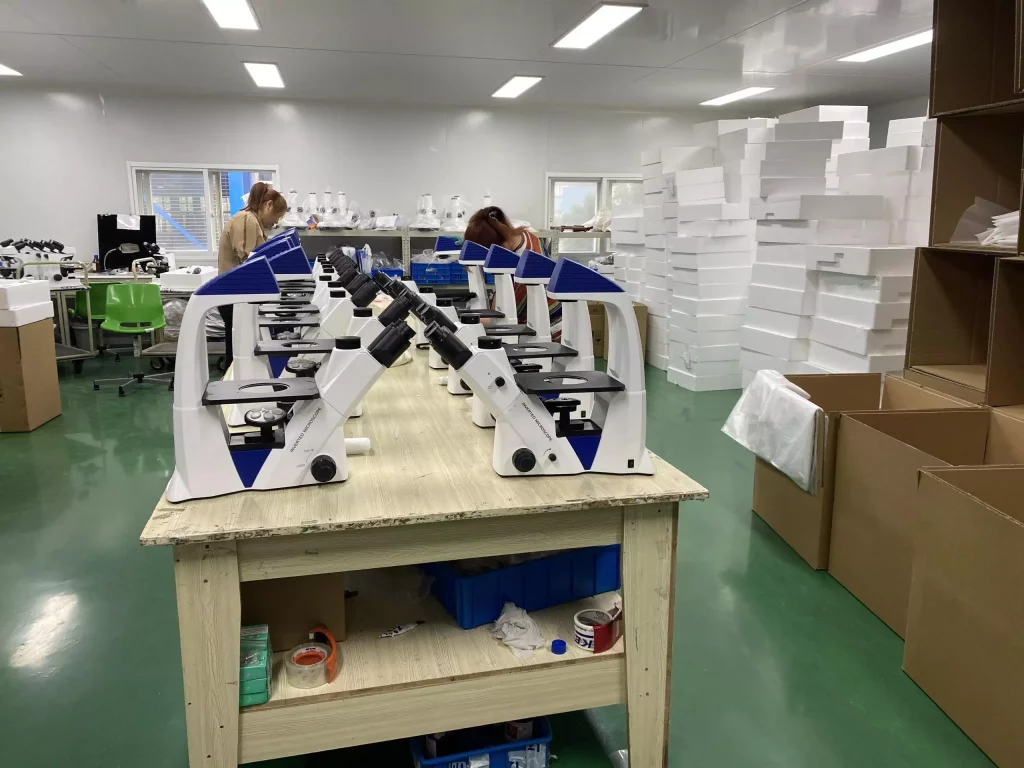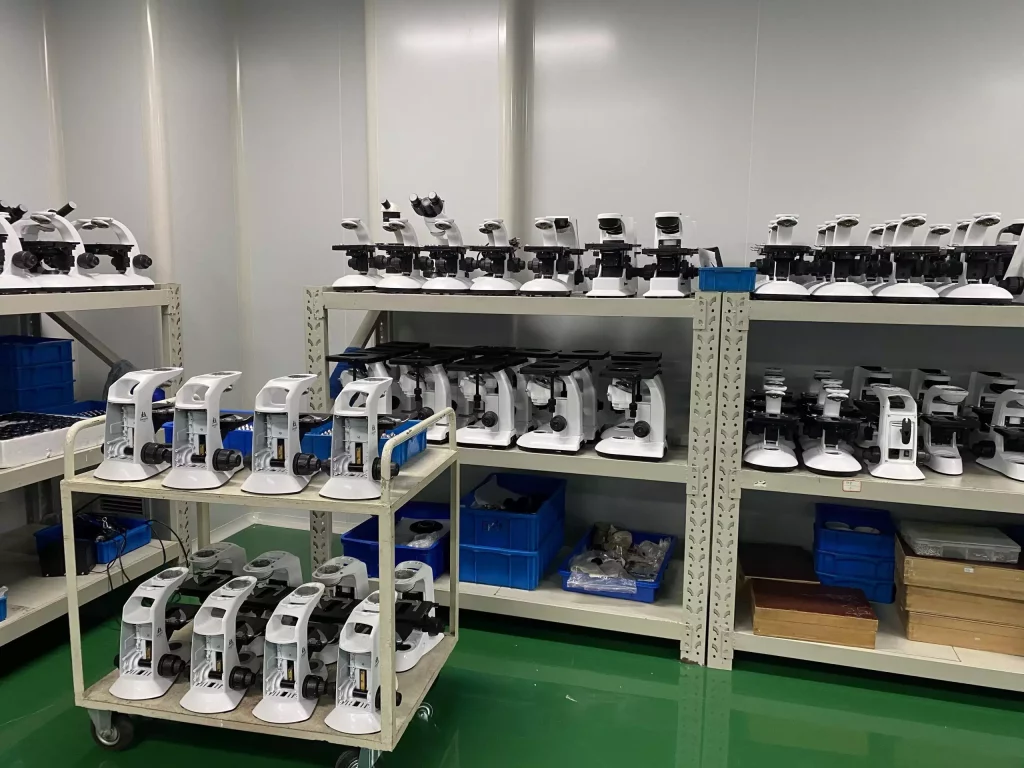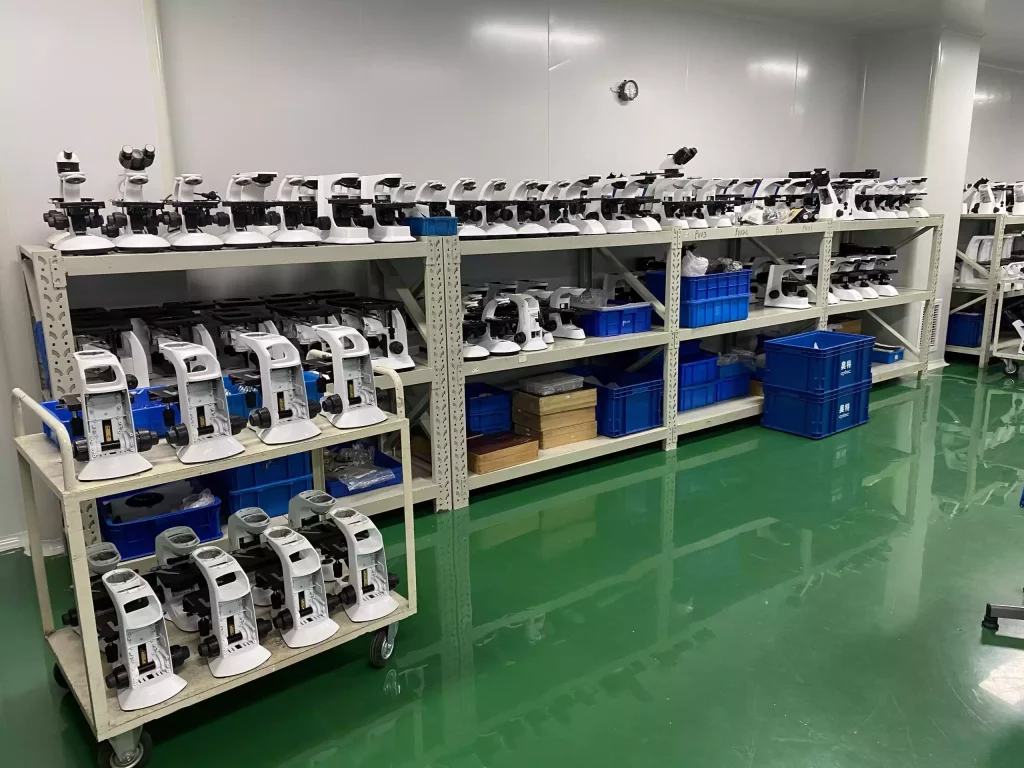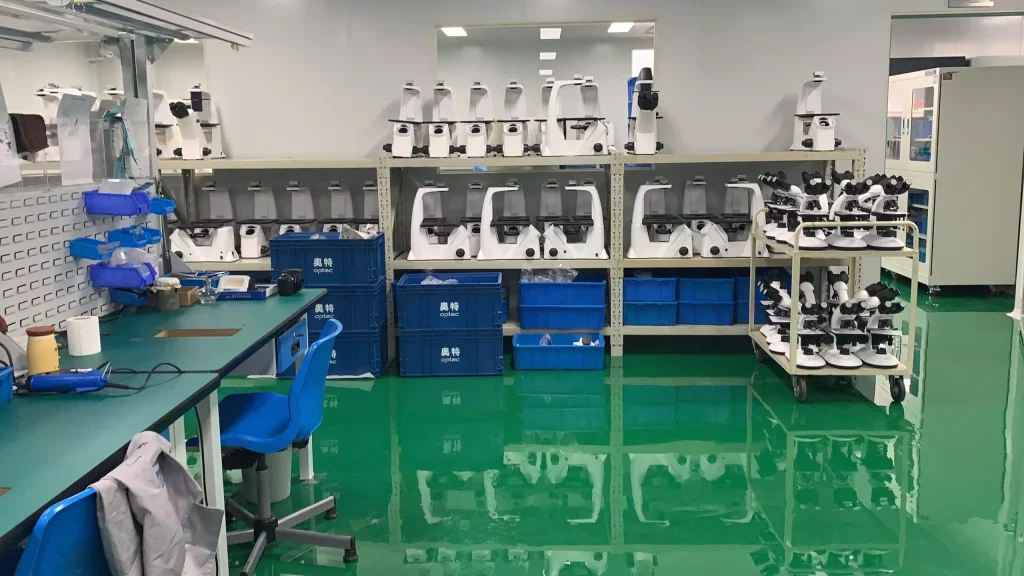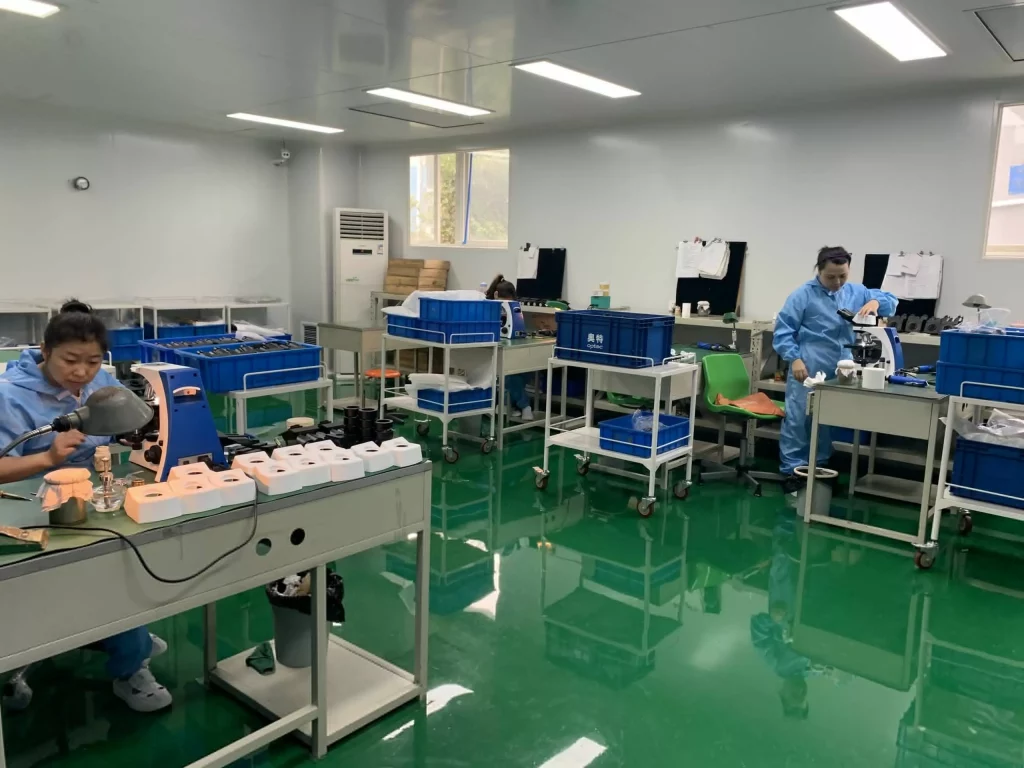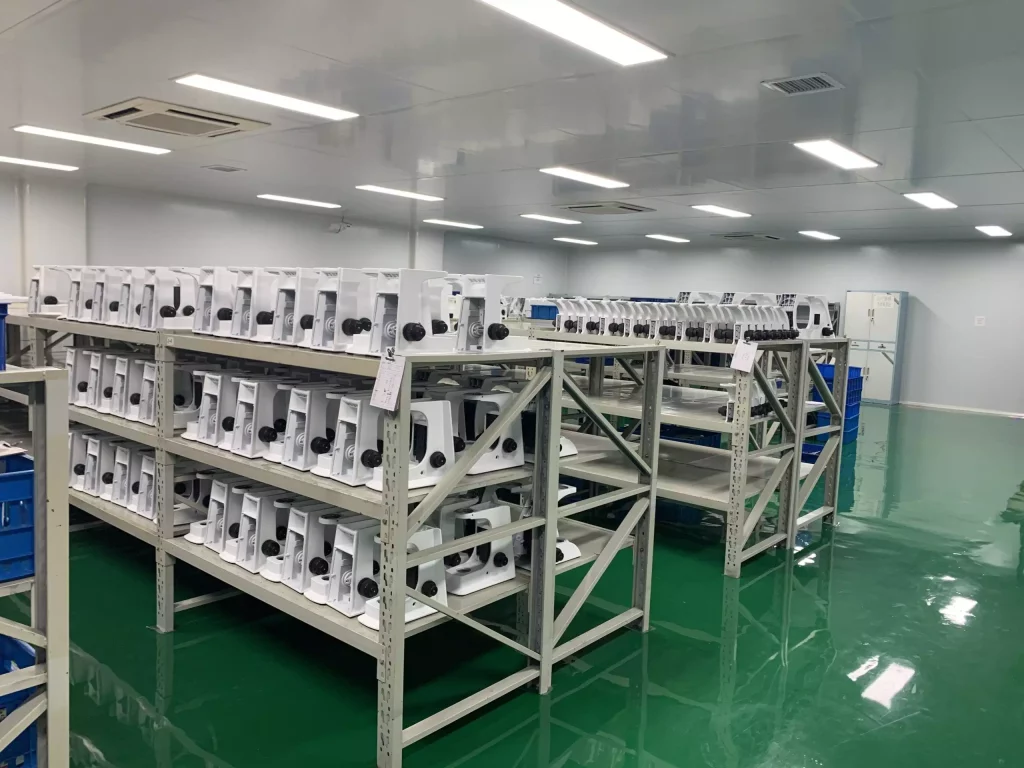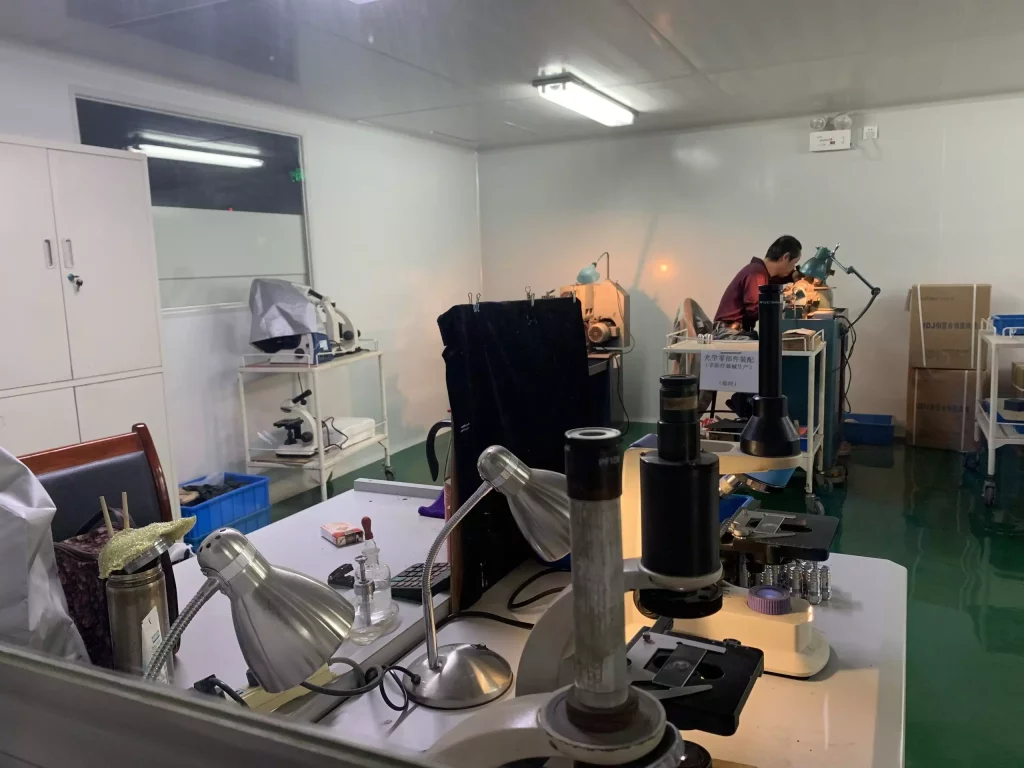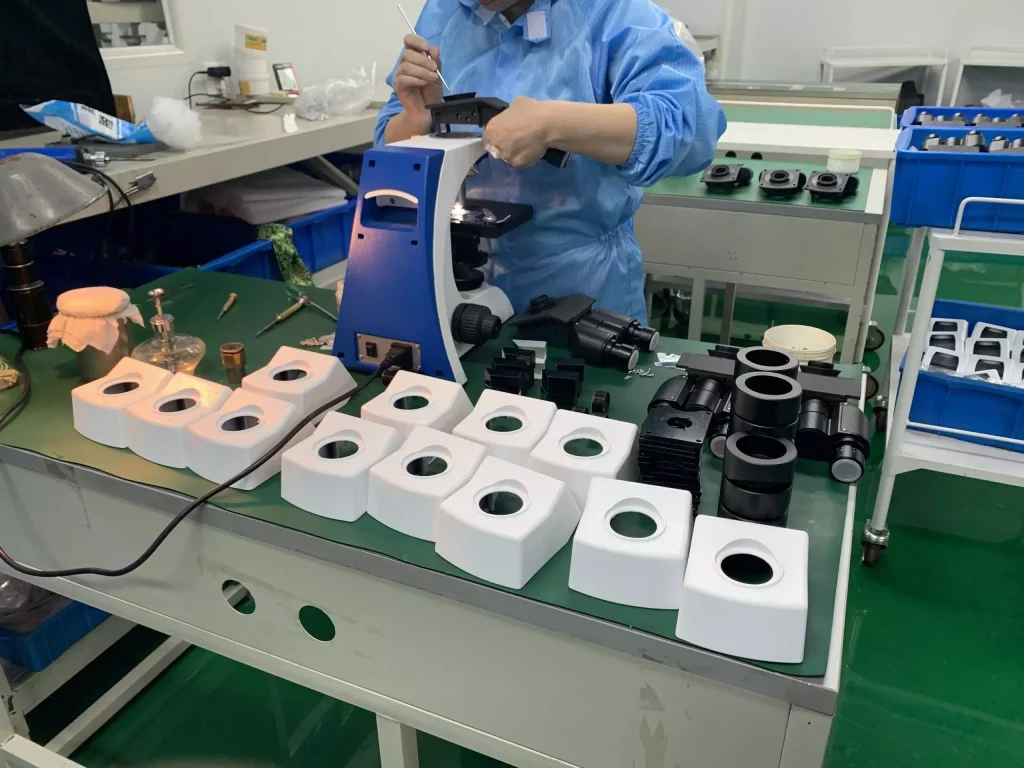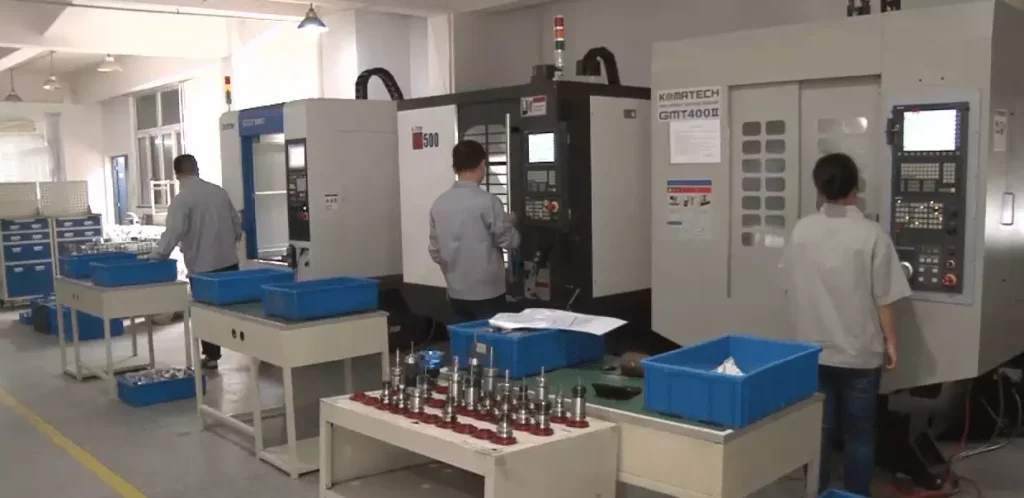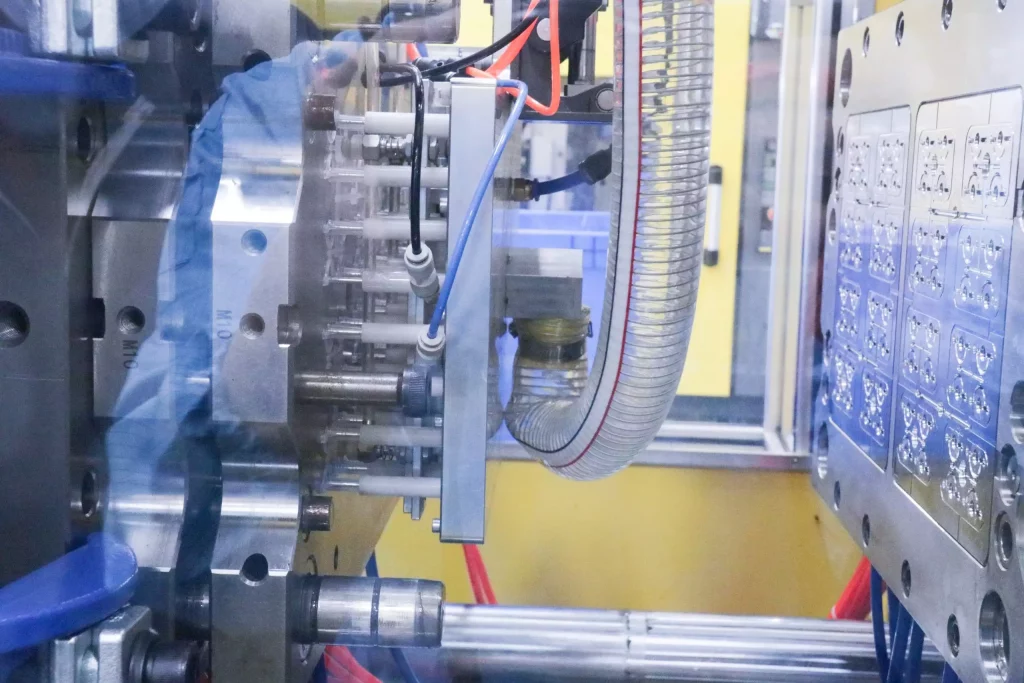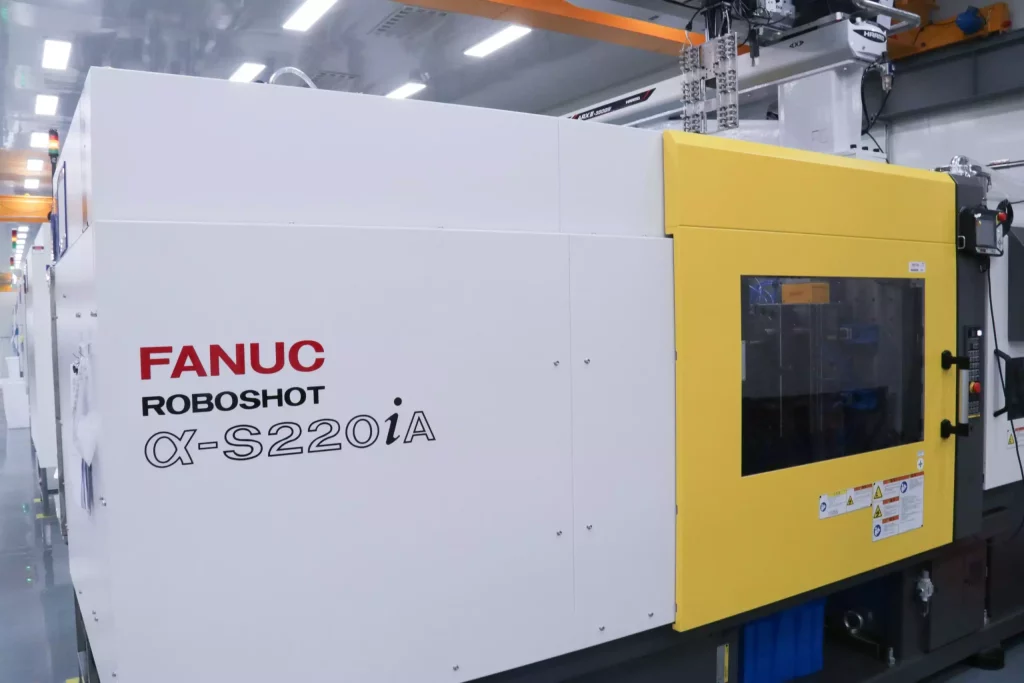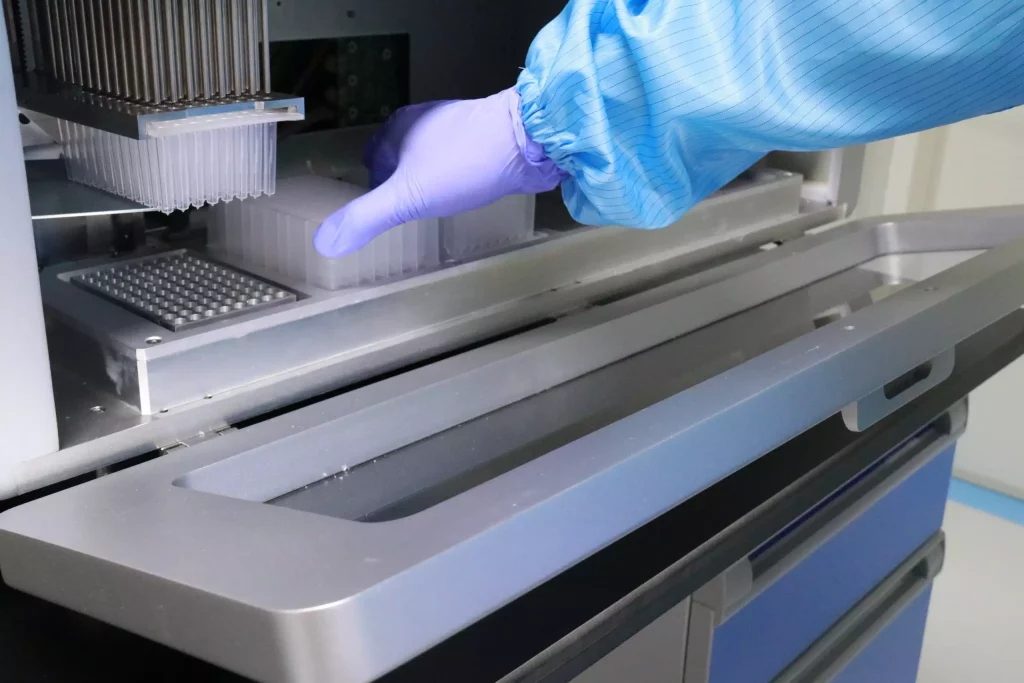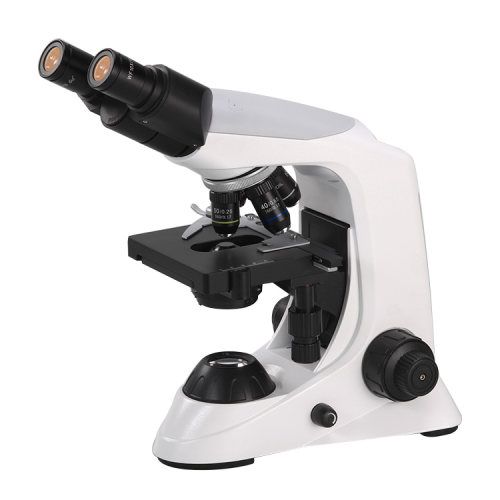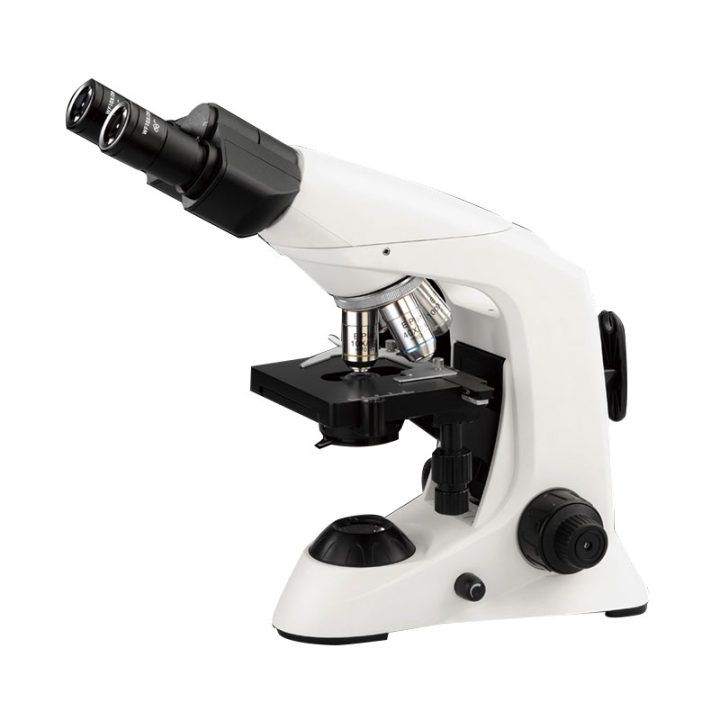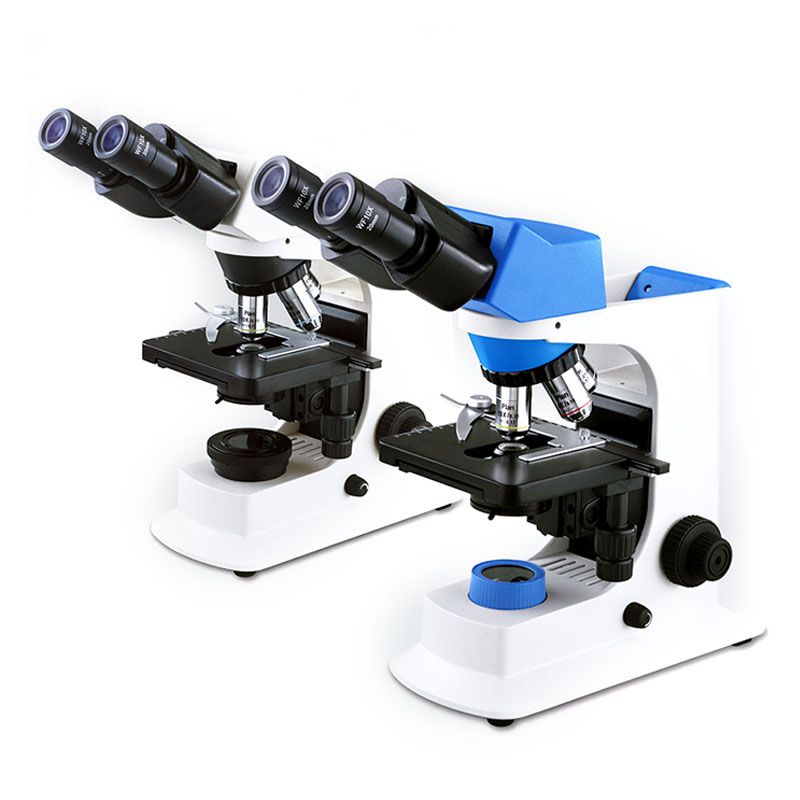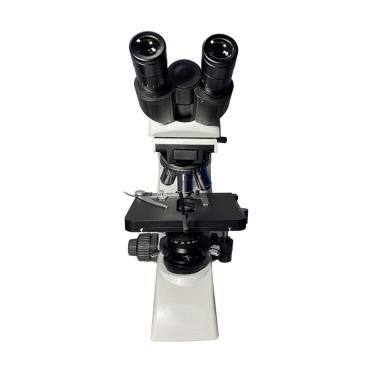When it comes to unveiling the microscopic wonders around us, choosing the right microscope is like choosing the right lens for your vision. Whether you’re diving into the cellular universe or inspecting the fine craftsmanship of tiny components, the decision between a compound microscope and a stereo microscope shapes your entire exploration journey. Let’s break down their essential differences, uses, strengths, and help you match the perfect microscope to your needs, beyond the usual textbook comparisons.

What is a Compound Microscope?
A compound microscope is the go-to tool when you need to peer deep into the micro-world. Utilizing a series of powerful lenses (typically an objective lens combined with an eyepiece), it can magnify samples up to 1000x or more, offering highly detailed 2D images.
Core features of compound microscopes:
- Single optical channel: Produces a flat, highly magnified image.
- Best for: Viewing tiny, thin, and translucent samples like blood cells, bacteria, and tissue slices.
- Sample preparation: Requires meticulous prep, including slicing and staining.
- Light source: Usually shines from beneath the specimen to enhance contrast and detail.
If you’re aiming for in-depth biological research, medical diagnostics, or even serious student projects, a compound microscope becomes an indispensable ally.
Types of Compound Microscopes
Depending on the complexity of your tasks, compound microscopes come in specialized variations:
- Fluorescence Microscopes: Illuminate samples stained with fluorescent dyes, perfect for molecular biology and medical diagnostics.
- Polarizing Microscopes: Analyze materials with unique refractive properties, ideal for geology and material science.
- Inverted Microscopes: View samples from underneath — great for live cell cultures in Petri dishes.
- Metallurgical Microscopes: Inspect the surfaces of metals using reflected light.
- Digital Microscopes: Capture and analyze images digitally, enhancing documentation and remote learning.
Advantages of Compound Microscopes
- Extremely high magnification and resolution for fine details.
- Wide applicability: From classrooms to professional research labs.
- Advanced imaging options with digital and fluorescent enhancements.
Drawbacks
- Requires complex sample prep, which can be time-consuming.
- Limited depth perception, providing only 2D images.
- Less portable and often delicate, requiring careful handling.
Who Should Use One?
✔ Biology students
✔ Medical researchers
✔ Microbiology enthusiasts
What is a Stereo Microscope?
In contrast, a stereo microscope — also known as a dissecting microscope — is designed for three-dimensional viewing at lower magnifications (typically between 10x and 50x).
Key traits of stereo microscopes:
- Dual optical paths: Each eye gets a slightly different angle, creating real 3D visuals.
- Best for: Observing solid, larger objects like insects, gemstones, plants, or electronics.
- No specimen prep needed: You can place the object directly under the lens.
- Lighting setup: Reflective light from above reveals surface textures.

If you’re into electronics repair, jewelry design, biological dissections, or quality control, a stereo microscope offers practical advantages no compound microscope can match.
Why Stereo Microscopes Shine
- True 3D viewing for depth-rich inspection.
- Ample working space to manipulate objects under observation.
- Ease of use: Minimal training needed, making it ideal for workshops and hands-on environments.
Limitations
- Lower magnification and less fine detail compared to compound microscopes.
- Not suitable for viewing microscopic organisms or cellular structures.
- Bulkier designs may require a dedicated workspace.
Who Should Use One?
✔ Electronics repair technicians
✔ Jewelers and watchmakers
✔ Paleontologists and hobbyists
Core Differences: Compound vs Stereo Microscopes
| Feature | Compound Microscope | Stereo Microscope |
| Magnification Power | High (40x–1000x+) | Low (10x–50x) |
| Image Type | 2D, flat image | 3D, true depth |
| Best for | Cells, bacteria, tissues | Insects, plants, electronics |
| Specimen Preparation | Required (thin slices) | None needed |
| Lighting Source | From below (transmitted light) | From above (reflected light) |
| Working Distance | Short | Large |
| Ease of Use | Needs training | Beginner-friendly |
| Biological Studies | Observing cells, microbes, tissue samples | Dissecting plants, studying insects |
| Medical Diagnostics | Analyzing blood, biopsy samples | Examining surgical materials, prosthetics |
| Industrial Uses | Microstructure analysis, metallurgy | Electronics assembly, jewelry inspection |
| Education and Training | Teaching microbiology and anatomy | Demonstrations involving plant or insect structures |
Which One Do You Need: Compound vs Stereo Microscopes
What are you looking at?
- Cells? → Compound
- Solid objects? → Stereo
Do you need depth perception?
- Yes (e.g., dissection) → Stereo
- No (e.g., viewing slides) → Compound
Will you be manipulating the sample?
- Yes (e.g., repairs) → Stereo
- No (prepared slides only) → Compound
Conclusion
- Compound microscopes unlock the microscopic—cells, bacteria, and the building blocks of life.
- Stereo microscopes reveal the miniature objects just a bit too small for the naked eye.
Your goal decides the tool.
- Studying medicine or biology? A compound microscope is your lab partner.
- Fixing electronics or exploring nature? A stereo microscope is your hands-on ally.
Company Show
Chongqing Scope Instrument Co., Ltd. is a professional supplier in the field of instruments and equipment for laboratory, Medical training, and Industry. We are located in one of the biggest cities of China, Chongqing.


